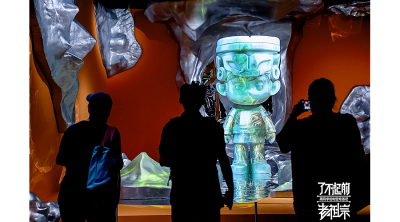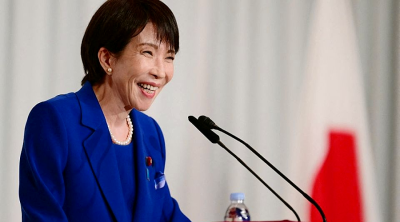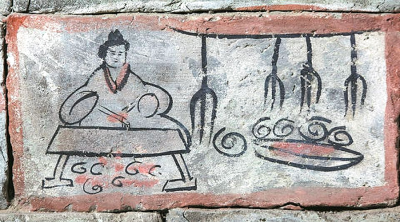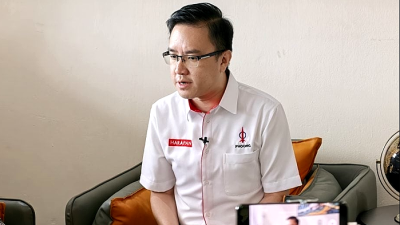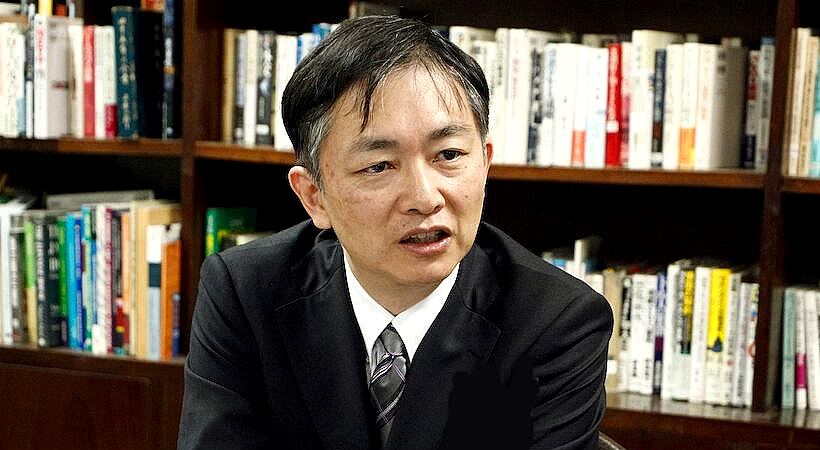
On July 18, the Japan Coast Guard (JCG) and Taiwan’s Coast Guard Administration of the Ocean Affairs Council (CGA) conducted a joint maritime rescue drill in the waters south of the Boso Peninsula in Chiba Prefecture, the JCG announced on July 19, 2024.
This is the first training between the coast guard authorities since Japan and Taiwan severed diplomatic relations in September 1972.
Sagami (PLH [Patrol vessel Large with Helicopter] 03) of the 3rd Regional Coast Guard Headquarters (Yokohama) and “Patrol No. 9” of the CGA participated in the drill.
Sagami is the second patrol vessel of the Tsugaru-class and is a large vessel equipped with a helicopter (Sikorsky 76D).
Its specifications are 3,324 gross tons, 105.4 metres long, 23 knots top speed, a single 35 mm machine gun, and a maximum crew of 71.
“Patrol No. 9” is a little smaller with specifications of 1,914.8 tons, 84.5 metres long, 20 knots top speed, a single 20 mm machine gun, and a maximum crew of 40.
“Patrol No. 9” departed from Kaohsiung Harbour in Taiwan on June 21 and was on its second Central and Western Pacific Fisheries Patrol mission of the year until it returned to port as planned on August 14. The joint drill was added to the mission.
The basis for the joint drill was reported to be the “Memorandum of Cooperation in the Field of Maritime Search and Rescue” signed by the Japan-Taiwan Exchange Association and the Taiwan-Japan Relations Association in December 2017, but in fact Japan and Taiwan also signed a “Memorandum of Cooperation in the field of Maritime Search and Rescue” on February 27 this year.
The full text of the latter has not been made public, but the Memorandum of Understanding (MoU), which has a similar name to the 2017 MoU, was deliberately drafted again and kept private, so it is expected to include more in-depth cooperation between the JCG and the CGA.
It is also interesting to note that the signing took place just two weeks after a Chinese fishing boat illegally operating near Beiding Island, east of Kinmen Island, capsized while fleeing (killing two crew members) on February 14 this year.
Immediately after that, the Chinese side stepped up patrols in the waters around Kinmen Island.
The method of using a certain incident as a trigger to increase the activities of China Coast Guard (CCG) vessels in the relevant waters is exactly the same as that used during the “nationalisation of the Senkaku Islands” in September 2012.
It can be said that some consideration was given to China in the establishment of the joint training waters. This is due to the following cases.
In June 2008, a Taiwanese fishing boat collided with a JCG ship in the waters around the Senkaku Islands, causing the fishing boat to sink in the “SS Lien Ho Incident.”
In addition, in May this year, at the request of the CGA, the JCG rescued by helicopter seven crew members of a Taiwanese fishing boat whose engine had broken down in the waters around Yonaguni Island.
As can be seen from these cases, the main areas where JCG and CGA vessels come into contact with each other are the waters around Japan’s southwestern islands (close to Taiwan).
Therefore, it would be more effective to conduct joint training in these waters, but there are always CCG vessels in the waters around the Senkakus, and it was expected that they would cause discomfort and disrupt the joint training of the Japanese and Taiwanese coast guard authorities.
The training off the coast of Boso, Chiba Prefecture, was probably a measure to avoid such a situation.
“Patrol No. 9” arrived at Tokyo Harumi Wharf on July 10 and took on fuel and water (and probably rested the crew) until July 17. It is assumed that the leaders of “Patrol No. 9” used this time to hold meetings with the JCG to ensure the smooth implementation of the joint training.
The decision to hold the joint drill on July 18 was probably made immediately after the MoU was signed in February this year, but the situation in Taiwan had deteriorated.
On July 2, CCG vessels seized a Taiwanese fishing boat operating near Kinmen Island and took the boat and crew to a Chinese port.
At that time, the number of ships gathered in the area was seven CCG vessels and three CGA vessels, and while the CCG sent out vessels of over 500 tons in tonnage, the CGA had only two 100-ton vessels and one 35-ton vessel, so they were no match for the CCG.
This fact suggests that if the JCG loses to the CCG in terms of numbers and size in the waters around the Senkaku Islands, the CCG may take more aggressive measures.
For both the JCG and the CGA, the situation became more tense than when the decision to hold the joint training was made, and it seems that Japanese and Taiwanese officials felt even more strongly the importance of the training and the need for close cooperation between the two organisations.
The relationship between the JCG and the CGA is supported by active duty (or more accurately, on leave and seconded to the Japan-Taiwan Exchange Association) uniformed Japan Coast Guard personnel (graduates of the Japan Coast Guard Academy) stationed at the Taipei office of the Japan-Taiwan Exchange Association.
Although Japan and Taiwan do not have diplomatic relations, law enforcement work is recognised as a practical area for cooperation.
Therefore, the conditions for close cooperation between the JCG and the CGA were originally in place much earlier.
Although it may have taken too long, one of the hurdles has finally been overcome with this joint training.
It is highly expected that there will be closer information exchange and joint training in the future.
Lin Jian, deputy director of the Information Department of China’s Ministry of Foreign Affairs, said at a press conference on July 19 that “[we] strongly deplore and firmly oppose” the joint training exercises and revealed that he had protested to the Japanese side.
However, this reaction from the Chinese side is within the expected range and should not be taken too seriously.
Search and rescue is a humanitarian response, and there is every justification for conducting such training.
After repeating such training and getting it on track, it would be desirable to seek ways to build a new relationship between Japan and Taiwan, such as through discussions between the Commandant of the JCG and the Director General of the CGA.
Making it clear to China that Japan-Taiwan relations are deepening would be a great help in preventing a Taiwan emergency.
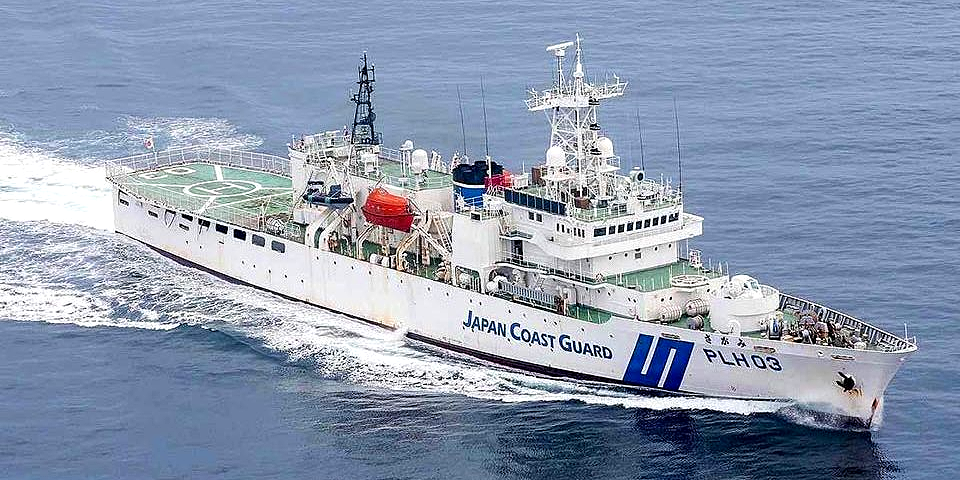
(Rira Momma, Institute of World Studies, Takushoku University.)
ADVERTISEMENT
ADVERTISEMENT








